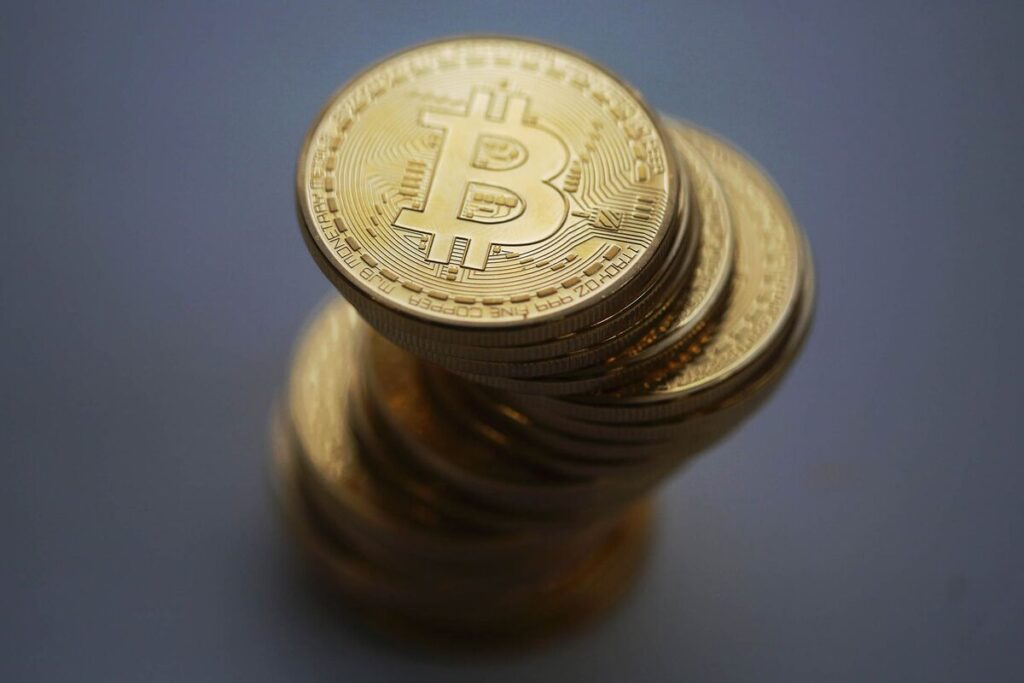Reports say Bitcoin’s Realized Cap is $850 billion after absorbing $450 billion since November 2022. The report says Bitcoin peaked at $10,000 during the 2017 bull run and has traded above $100,000 for weeks. Bitcoin’s global appeal has attracted institutions and sovereign entities, increasing its capitalization. The report found significant nation-state involvement in Bitcoin due to the US’s strategic reserve asset potential, Bhutan’s extensive mining operations, and Bitcoin’s legal tender status. Bitcoin is one of the world’s most valuable assets despite ongoing debates about its value and utility. Its $2 trillion market cap beats Saudi Aramco, Meta, and silver.
What is Bitcoin’s Realized Cap?
Bitcoin analysts came up with the idea of a realized cap, which is different from the conventional market cap. Realized capitalization is based on the value of Bitcoin at the price at which it last moved on the chain, whereas market capitalization is determined by multiplying the current price of Bitcoin by the total amount in circulation. The realized cap, which is a less erratic and more stable metric than market capitalization, essentially shows the total value of Bitcoin as if it were purchased at the price.

At which it was last transacted.Realized cap has emerged as a key indicator for analysts and long-term Bitcoin investors. It accurately depicts the historical cost of Bitcoin rather than its speculative trading value by basing its value on actual on-chain movements. With a realized market value of $850 billion, Bitcoin represents a maturing market that is increasingly recognized as a valid component of the global financial system rather than merely a speculative asset.
Importance of Bitcoin as a Macro Asset
Bitcoin’s realized cap of $850 billion shows its growing status as a global macro asset. Institutional investors, governments, and financial institutions worldwide are accepting Bitcoin more. Bitcoin, often compared to gold as a hedge against inflation and a store of wealth, has grown from a niche digital asset to a mainstream store of value in recent years.Several reasons make the $850 billion cap significant. First, it brings Bitcoin into the same league as $12 trillion gold. Bitcoin is still small compared to gold, but its macro asset status is growing.
Bitcoin is increasingly used by hedge funds, pension funds, and publicly traded companies for asset allocation. Growing diversification interest is driving Bitcoin’s recognition as a macro asset. Investors want alternative assets to hedge against market volatility in a world of low interest rates, global economic uncertainty, and rising inflation. The limited supply (21 million), decentralized nature, and transparent blockchain of Bitcoin fit this bill perfectly. Bitcoin’s $850 billion cap shows its growing role as a store of value and economic hedge.
Bitcoin’s Growing Institutional Adoption
Institutional adoption has driven Bitcoin’s rise from speculative to global macro asset in recent years. Traditional investors now view Bitcoin as legitimate due to high-profile institutional investors like MicroStrategy, Tesla, and Square and the creation of Bitcoin ETFs. Institutional investors see Bitcoin as a long-term asset as its realized cap rises. Central banks worldwide are also considering Bitcoin’s impact on monetary policy. Many governments are wary of Bitcoin, but some see it.

As a store of wealth and a hedge against inflation, Bitcoin has become a legal tender in El Salvador, and the trend toward integrating into national financial systems is growing. Bitcoin adoption is growing beyond institutional investors. Retail Bitcoin interest is rising as more people see it as a way to preserve wealth outside banks. From Bitcoin futures contracts to savings accounts, Bitcoin’s legitimacy is growing as financial products target institutional and retail investors.
Market Dynamics Driving the Growth of Bitcoin
Bitcoin’s remarkable capitalization rise has been caused by several factors. One driver is the growing use of Bitcoin as a store of value amid monetary stimulus programs and rising inflation in major economies. Central banks have given global economies trillions of dollars in COVID-19 stimulus packages. Due to the unprecedented monetary expansion and concerns about fiat currency devaluation, many investors. Seek alternative assets like Bitcoin to hedge against inflation.
Another factor contributing to Bitcoin’s value growth is the halving events, which take place every four years and slow down the creation of new Bitcoin. With the most recent halving in 2020, Bitcoin’s block reward decreased from 12.5 BTC to 6.25 BTC, which decreased the amount of new coins that could enter the market. The limited supply of Bitcoin—21 million coins—as well as the declining rate of new issuance have increased the cryptocurrency’s scarcity and, consequently, its allure as a store of value.
Summary
The value of Bitcoin is rising, but will it continue? The volatile cryptocurrency market has caused Bitcoin prices to fluctuate. However, institutional participation and Bitcoin’s macro asset status may support its realized cap growth. In the coming years, Bitcoin’s role in global finance may change. Bitcoin are here to stay, whether they stay digital or compete with gold as.
Astore of value. Bitcoin could have a much greater global impact than the $850 billion cap. At $850 billion, Bitcoin’s valuation reached a milestone. It shows the rise of Bitcoin as an asset class and in global macroeconomics. Bitcoin is poised to become a global financial staple due to its growing user base. Institutional adoption, and inflation hedge status.


